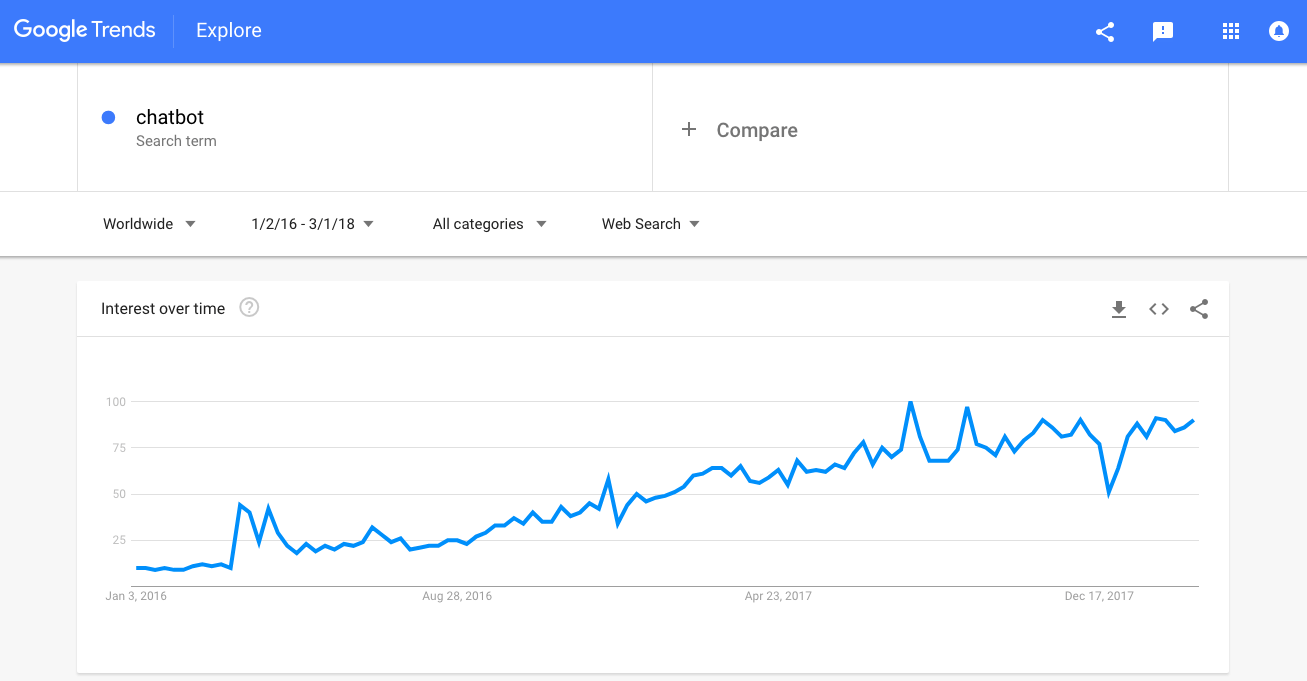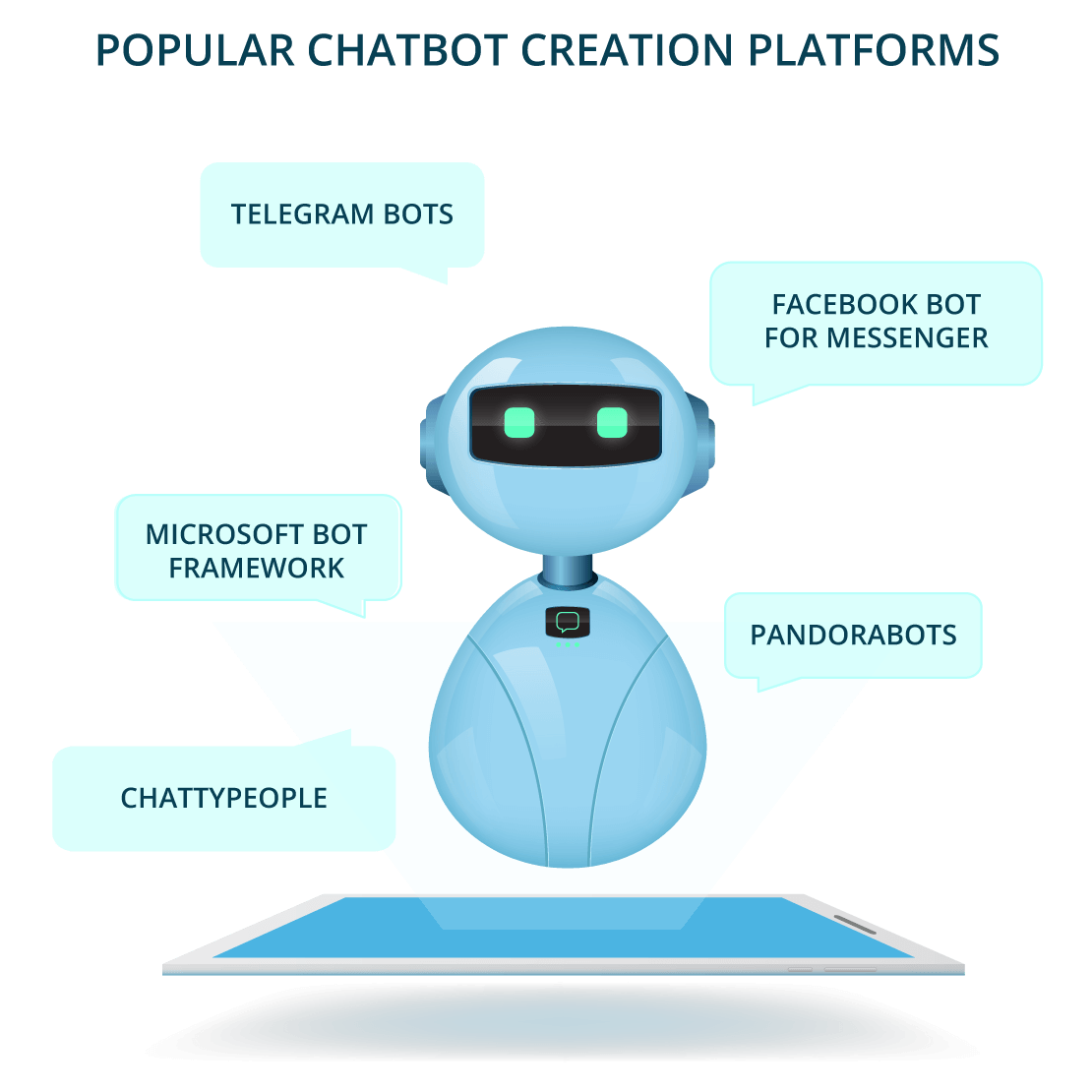‘Chatbots are the future!’
That man with thick nerd glasses on the metro was discussing, that group of employees out for a business lunch in the café were discussing, and that man ordering drinks at the cinema was also discussing. Just like me, I am sure you have heard this line a gazillion times from innumerable people at various places.
It all began in the 1950’s when Alan Turing created the Turing Test. It’s not a surprise that he is often regarded as a father of these technologies. The Turing Test is used to determine whether machines are capable of human-level intelligent behaviour. As maddening the computer scientist and World War codebreaker sounded then, his Turing Test is the first one chatbots have to pass today.
Now it’s 2018, and everyone wants to know about chatbots; they want to talk about it whether they like it, hate it, are scared of it or annoyed with it. Chatbots have integrated into our daily lives effortlessly, whether it was Siri who was introduced in 2010, Alexa who was introduced in 2014 or Google Assistant which began to gain popularity in 2016.

If you look at this graph, you can clearly see the gradually rising interest in chatbots. Google trends even tell you from which region do the maximum queries come in. Singapore and China top the list with other areas like South Korea, Hong Kong, USA etc.
So what is a chatbot?
A chatbot or chatter robot by definition is nothing but a computer programme designed to simulate a conversation with human users, over the Internet. Chatbots interact with customers either through a web-based application or a stand-alone app.
Now is the best time to leverage on chatbots whether it’s for digital marketing or any other industry. The chatbot industry is expected to grow up to $1.23 billion by 2025. Digital marketing through chatbots is especially sought after by marketers to optimize customer engagement and lead generation. There are many ways through which chatbots can help improve digital marketing.
Enhanced Customer Engagement
Active customer engagement is a primary element of any marketing initiative. Chatbots have the capability to understand the user’s language, emoticons etc. They are able to predict a user’s objective by running complex algorithms. This leads to an involved interaction, quicker responses and growth in user base.
Personalized Customer Experience
Since chatbots can make any interaction with a human being sound genuine and exclusive, they are considered very valuable. These chatbots actually address people by first names, sounding intimate and provide opinions and suggestions depending on their previous searches.
Target Qualified Leads
It’s not always easy to target the appropriate group of customers only through their basic information. With chatbots, a set of questions are asked to save the customer time and lead to the precise results expected. The chatbots then transfer prospective clients to the sales department for follow up.
Knowledge about Customers
Chatbots are capable of processing large amounts of data. They save every click, every search, every interest etc. of the customer for an insight into the customer’s buying patterns. This helps in predicting useful results for the customer and the for the company to market their products effectively.

Chatbots have become very successful with popular brands like Starbucks, Sephora, Dominos etc. For example, when you use the Sephora App, it asks you a few questions while registering like your age, skin type, allergies etc. The bot then analyzes these questions for personalized product recommendations. It helps the customer to choose the right kind of make-up and provides make-up tips also, depending on their needs and preferences.
With the help of such apps, bots are helping consumers find solutions no matter what device they use or where and which part of the planet are they on. It is a clean and hassle-free way of getting content without any forms to fill or wasting time searching and scrolling to find what they need. Chatbots are combining the functions of communication, service, and transactions into one for the best customer experience.


Leave a Reply